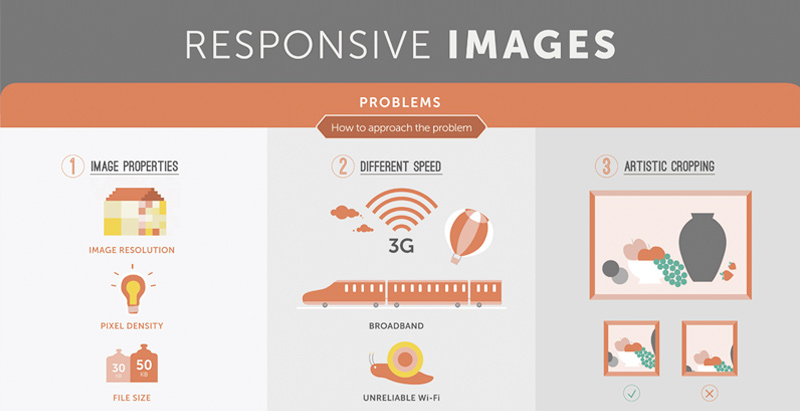Fascinated In Finding Out How Site Layout Has Progressed Throughout The Years? Explore The Journey From Basic, Uncomplicated Designs To User-Centric User Interfaces That Prioritize The Site Visitor'S Experience
Fascinated In Finding Out How Site Layout Has Progressed Throughout The Years? Explore The Journey From Basic, Uncomplicated Designs To User-Centric User Interfaces That Prioritize The Site Visitor'S Experience
Blog Article
Published By-Asmussen Wren
In the past, internet sites were easy and focused on information. Navigating was direct, and layout was for desktop computers. Now, customer experience is crucial. Information guides designs for very easy navigating. Receptive designs fit various tools. Today, dark setting decreases strain, and minimal food selections boost navigation. ada compliance in websites engage users, and vibrant visuals attract attention. AI integration improves interaction. See how design has actually progressed to boost your on-line trip.
Early Days of Web Design
In the early days of web design, simplicity preponderated. Websites were fundamental, with minimal colors, typefaces, and layouts. The emphasis got on providing info as opposed to fancy visuals. Individuals accessed the net with slow-moving dial-up links, so rate and capability were key.
Navigating menus were straightforward, typically located at the top or side of the page. Websites were created for desktop, as mobile browsing wasn't yet widespread. Web content was king, and designers prioritized very easy readability over complicated design elements.
HTML was the main coding language made use of, and designers had to work within its restrictions. Computer animations and interactive attributes were very little contrasted to today's requirements. Internet sites were fixed, with little dynamic web content or personalized customer experiences.
Surge of User-Focused Design
With the advancement of website design, a shift towards user-focused style concepts has actually become progressively noticeable. Today, developing sites that focus on individual experience is essential for engaging site visitors and accomplishing business objectives. User-focused style includes understanding the requirements, choices, and actions of your target market to customize the web site's layout, material, and includes accordingly.
Developers currently perform extensive study, such as customer surveys and use testing, to gather insights and feedback straight from users. This data-driven technique helps in developing instinctive navigation, clear calls-to-action, and aesthetically attractive interfaces that resonate with site visitors. By positioning the customer at the facility of the layout procedure, sites can deliver a much more personalized and pleasurable experience.
Receptive style has additionally emerged as a crucial element of user-focused style, guaranteeing that websites are optimized for various tools and display dimensions. This adaptability enhances accessibility and functionality, satisfying the varied ways customers engage with web sites today. In essence, the surge of user-focused design symbolizes a change in the direction of producing digital experiences that prioritize the needs and expectations of the end customer.
Modern Trends in Web Design
Explore the most up to date trends forming web design today. One prominent trend is dark setting layout, providing a sleek and modern-day look while decreasing eye pressure in low-light atmospheres. An additional crucial fad is minimalist navigation, streamlining menus and improving customer experience by concentrating on essential elements. Including micro-interactions, such as animated buttons or scrolling effects, can create a more appealing and interactive web site. Receptive layout continues to be essential, guaranteeing seamless individual experiences throughout numerous gadgets. In addition, utilizing bold typography and asymmetrical designs can add visual interest and draw attention to particular web content.
Integrating AI modern technology, like chatbots for client support or customized referrals, enhances customer interaction and improves processes. Ease of access has likewise become a considerable trend, with designers focusing on comprehensive style methods to deal with varied customer demands. best web design services by enhancing internet site performance for rate and efficiency is an additional arising pattern in web design. Working together with customer comments and information analytics to repeat and enhance layout constantly is crucial for remaining appropriate in the ever-evolving electronic landscape. By accepting these modern-day trends, you can develop an aesthetically attractive, user-friendly internet site that reverberates with your target market.
Conclusion
As you assess the development of internet site layout from the early days to currently, you can see how user-focused layout has actually become the driving pressure behind modern-day patterns.
Embrace https://www.searchenginejournal.com/advanced-seo-skills/434274/ of modification and adaptation in website design, constantly keeping the individual experience at the forefront.
Remain current with the current patterns and technologies, and never quit developing your method to produce visually magnificent and straightforward web sites.
Advance, adapt, and create - the future of web design remains in your hands.
